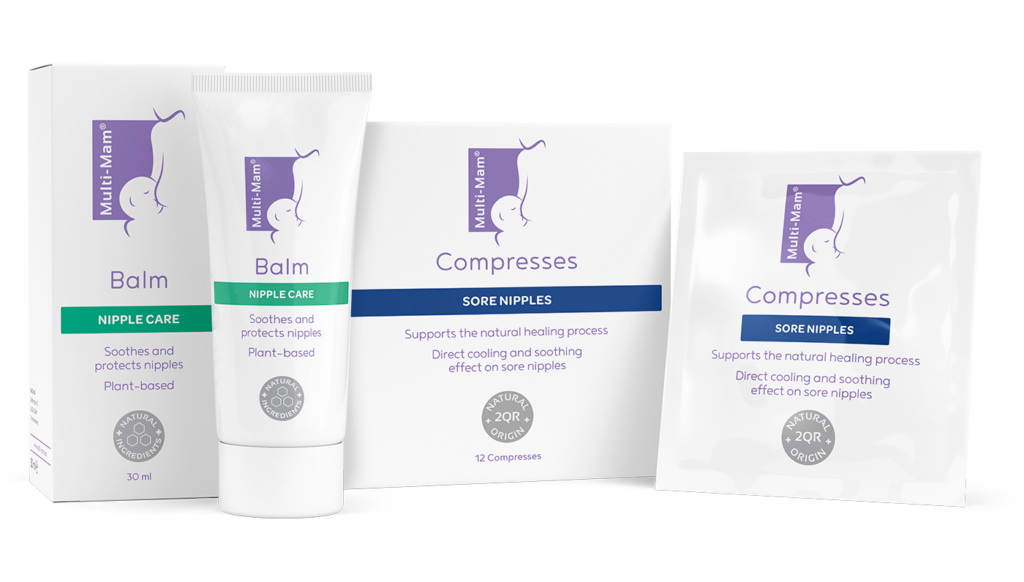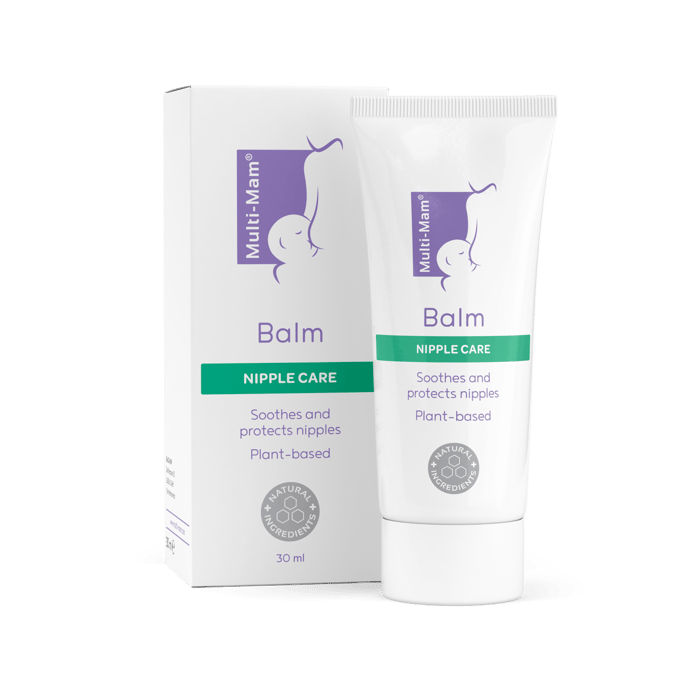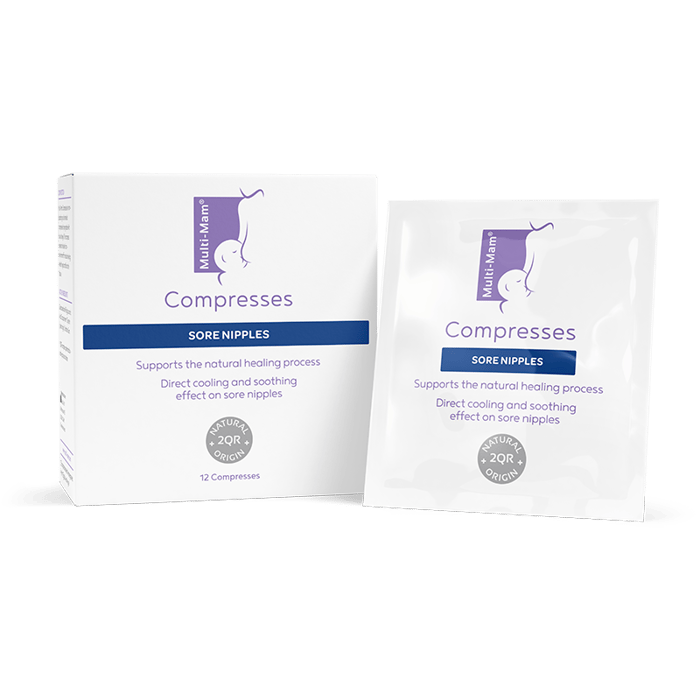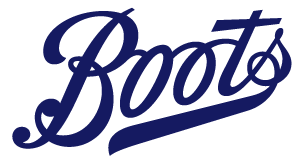Enjoy getting to know each other
Becoming a mother is cosy and special, and the feeling of life can be overwhelming. During this precious period, it’s easy to forget that it’s just as important to take care of yourself as your baby. Challenges such a sore nipples, tiredness and teething discomforts are common among mothers with a newborn, and you may need some extra help. That’s when Multi-Mam steps in to get you off to a good start. Because if you as a mum feel good, chances are that your baby will absorb that harmony.






